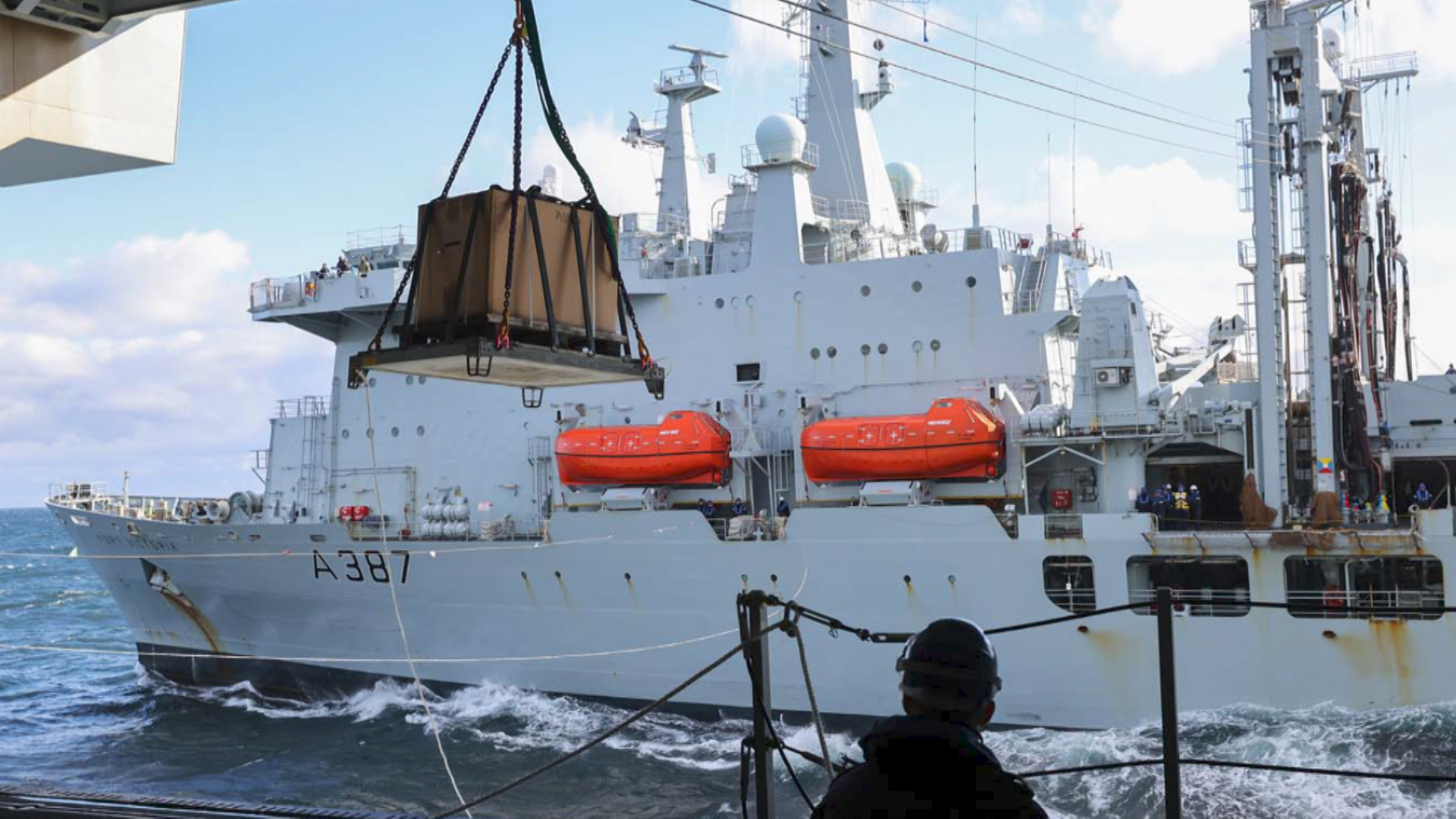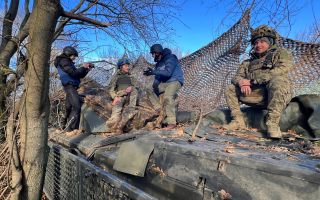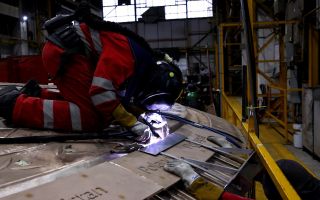
Fleet Solid Support ships contract for Royal Navy will go ahead at troubled Belfast shipyard

The building of three support ships for the Royal Navy will continue at the Harland and Wolff shipyard despite news the business is to move into administration.
Northern Ireland Secretary Hilary Benn said a £700m MOD project at the Belfast shipyard – which famously built the Titanic – will continue.
The three support ships are part of the Fleet Solid Support (FSS) project which will deliver three ships to the Royal Fleet Auxiliary by 2032, providing ammunition, spare parts, replacement jet engines, food and provisions to sustain large-scale naval operations hundreds or thousands of miles from the UK.
Mr Benn said: "It's the holding company which has gone into administration.
"Now, Harland and Wolff, the shipyard, is continuing to operate, continuing its work, as you know it's got the contract for the three solid support ships, a huge Ministry of Defence contract.
"We will be talking to everybody about hopefully finding a new owner, but we are committed to maintaining shipbuilding across the UK including in Belfast."
The administration process will be confined to the holding company, Harland & Wolff Group Holdings PLC, and the operational companies which run the yards – the one in Belfast, two in Scotland and one in north Devon – are expected to continue trading.
Fleet Solid Support (FSS) will also provide logistical and operational support, including counter-piracy and counter-terrorism missions and will collaborate with allies on operations.
Each ship will have a core RFA crew of 101, with accommodation provided for an additional 80 personnel operating helicopters and boats, or performing other roles when required.
The ships are designed with an emphasis on minimising carbon emissions, equipped with energy-efficient technologies to decrease power consumption and are adaptable to reduce their carbon footprint by using low-carbon, non-fossil fuels, and future sustainable energy sources.
They are also designed to be adaptable from the outset to achieve a Carbon Zero status by the end of their 30-year operational lifespan.
The production of the first FSS is expected to begin in 2025 and all three ships will enter service after final equipment fits and military trials, by 2032.
FSS's predecessor, RFA Fort Victoria, will continue operations to maintain solid support ship availability during the capability transition period.









